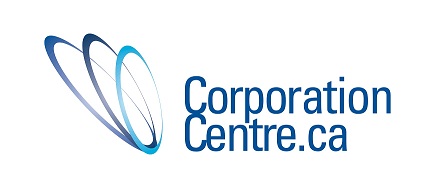Matthew Jackson has been
working in video games ever since he graduated from Montreal’s National
Animation and Design Centre (Centre NAD), but he admits that it’s his passion
for video games that has made him successful in the business – a quality he believes
is an absolute requirement for anybody working in a collaborative and creative
environment like video games.
 Like a lot of people
working in the video game industry, Matthew got his start working on various
projects for some of the larger video game producers with offices in Quebec
such as EA and Behaviour Interactive – companies which boast hundreds, even
thousands of employees – and has built an impressive resume along the way.
Lately, Matthew has been working on his smallest project to date as the lead
game designer for a small developer called Tuque Games who are currently
working toward the launch of their flagship project, World War Machine – a post-human action RPG revolving around the
perpetual war between surviving machines.
Like a lot of people
working in the video game industry, Matthew got his start working on various
projects for some of the larger video game producers with offices in Quebec
such as EA and Behaviour Interactive – companies which boast hundreds, even
thousands of employees – and has built an impressive resume along the way.
Lately, Matthew has been working on his smallest project to date as the lead
game designer for a small developer called Tuque Games who are currently
working toward the launch of their flagship project, World War Machine – a post-human action RPG revolving around the
perpetual war between surviving machines.
Although he admits that
it’s the smallest game he’s ever worked on, his ambitions for what the project is
capable of achieving are lofty. Tuque Games, which is made up of a core staff
of about 20 people and a small handful of freelancers, doesn’t have the same
resources or budget strength that larger video game producers might, but
Matthew admits that those factors don’t necessarily yield a better experience
for their audience – the gamer.
“I heard a famous
filmmaker once say about films,” Matthew ponders, “that when making a big budget film there’s a
tendency for it to settle toward mediocrity to the point where it’s just as
hard to make a really bad movie as it is to make a really good one – there’s
always enough good ideas balancing out the bad ones. With a smaller project
like World War Machine there exists
the possibility of breaking free of that mediocrity and achieving something
really great.”
Since starting work on World War Machine Matthew has noticed
other differences between working for a smaller company versus one of the big
studios: “Well, I imagine it’s the same with any small business,” he says “and
it’s one of things I enjoy most about working on a smaller project, that I’m
not locked into just one aspect of the game design process and have to actually
view the whole project now from many different angles and contribute in many
other areas. I also now have the ability, and with that I also have the
responsibility, to make what I think is the most fun game possible.”
Working on a game like World War Machine has also brought with
it its own set of challenges. One such challenge has been funding. In the early
stages of development, World War Machine
was part of the Square Enix Collective’s curated crowd sourcing campaign. By
offering would-be gamers a quick insight into what the game would be all about
and allowing them to vote on whether or not the idea seemed worth funding, World War Machine received a 90% ‘yes’
meaning that of the people that voted for the game, 90% claimed that they would
fund it. Unfortunately, through Indiegogo, Tuque Games was unable to raise the
$50,000 they were seeking.
He further points out: “Square
Enix Collective itself has evolved and now has agreements with other
crowdfunding websites, so other games have now gone through the same process as
we did and have achieved their crowd funding goals through KickStarter which
just happens to be the more popular crowd funding site. The main goal of the crowd funding campaign
was more about marketing and getting the name out there, so us not achieving
that funding goal wasn’t the end of the world.”
Some of these
challenges, however, have been offset by certain other factors that Tuque Games
is able to benefit from. One such benefit was a funding program achieved
through the Canadian Media Fund which “fosters, develops, finances and promotes
the production of Canadian content and applications for all audiovisual media platforms”. Matthew also points out the
benefits that operating in Quebec has had whereby companies can get a
provincial tax credit to pay part of employees’ salaries for video game related
enterprises.
Although there is no
fixed release date for World War Machine,
Tuque Games is in the final phases of production and hopes to launch sometime in
2015.
For more information
about World War Machine visit:
For more information
about the Square Enix Collective and crowd sourcing please visit:
And, finally, to learn
more about the Canadian Media Fund go to:



